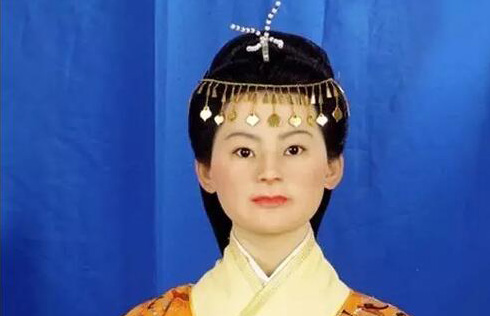China to jump supercomputer barrier
China has started to build a new-generation supercomputer that is expected to be 10 times faster than the current world champion.
This year, China is aiming for breakthroughs in high- performance processors and other key technologies to build the world's first prototype exascale supercomputer, the Tianhe-3, said Meng Xiangfei, the director of application at the National Super Computer Tianjin Center. The prototype is expected to be completed in early 2018.
"Exascale" means it will be capable of making a quintillion (1 followed by 18 zeros) calculations per second. That is at least 10 times faster than the world's current speed champ, the Sunway TaihuLight, China's first supercomputer to use domestically designed processors. That computer has a peak speed of 125 quadrillion (1 followed by 15 zeros) calculations per second, he said.
"Its computing power is on the next level, cementing China as the world leader in supercomputer hardware," Meng said. It would be available for public use and "help us tackle some of the world's toughest scientific challenges with greater speed, precision and scope", he added.
Tianhe-3 will be made entirely in China, from processors to operating system. It will be stationed in Tianjin and fully operational by 2020, earlier than the US plan for its exascale supercomputer, he said.
China also likely has another exascale supercomputer in the works. "Such machines take years to make and typically are retired in six to eight years, so you always need a backup, especially when your older models are overworked."
Tianhe-1, China's first quadrillion-level supercomputer developed in 2009, is now working at full capacity, undertaking more than 1,400 assignments each day, solving problems "from stars to cells".
The exascale supercomputer will be able to analyze smog distribution on a national level, while current models can only handle a district. Tianhe-3 also could simulate earthquakes and epidemic outbreaks in more detail, allowing swifter and more effective government responses, Meng said.
The new machine also will be able to analyze gene sequence and protein structures in unprecedented scale and speed. That may lead to new discoveries and more potent medicine, he said.
Liu Guangming, director of the National Super Computer Tianjin Center, said Tianhe-3 will generate over 10 billion yuan ($1.49 billion) in economic benefits per year, according to the The Paper, a Shanghai news organization.
























